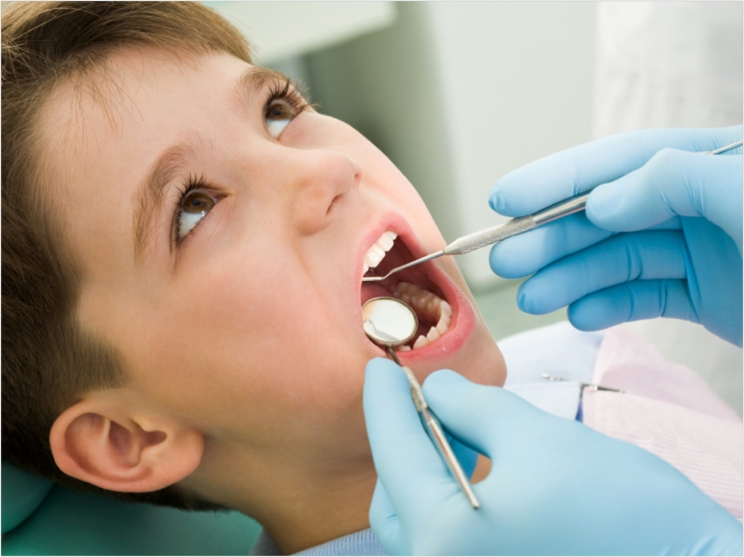
HIV infection increases the risk of cavities, recent studies report. But the risk does not come from the virus itself but from a weakened immune system, which could be caused by other diseases, according to a researcher at the Rutgers School of Dental Medicine.
Modupe Coker, BDS, MPH, PhD, an epidemiologist and professor with the school’s Department of Oral Biology, studies the link between cavities and HIV including a high rate of children who were infected in the womb.
Coker’s study sampled nearly 300 children from three groups: children who have been HIV positive since birth and whose mothers are HIV positive, HIV negative children of HIV positive mothers, and HIV negative children of HIV negative mothers.
Using blood samples, Coker measured levels of white blood cells, which indicate immunity strength. She found that for HIV positive children whose immunity levels were normal, often due to successful antiviral treatment, the prevalence of cavities was lower.
HIV negative children with weakened immune systems, either due to malaria or other underlying conditions, were more likely to have cavities. The findings were a surprise to Coker, given previous assumptions about HIV and dental disease.
“It debunked our hypothesis, but it’s very exciting as it raises new ones,” Coker said.
“HIV infection alone might not be a significant risk factor, which was the assumption. Even though HIV kills immune cells, many children on therapy do well. HIV infection alone isn’t enough to suggest an increased risk for cavities. Immune status, function, and competency play a much bigger role,” Coker said.
Coker also observed microbial differences in HIV negative children with HIV positive mothers.
“These children looked more like the HIV infected children early in life, but later on, as they grow older, began to look like their unexposed counterparts with respect to the oral microbiota,” Coker said.
Coker hopes to use her work involving dental cavities to explore genetics from a broader perspective. Her research is part of a study that examines other aspects of the microbiome in HIV exposed or infected children, including its relationship to bacterial plaque and candida, a fungal infection that often appears in the mouth.
The study, “Immune Status, and Not HIV Infection or Exposure, Drives the Development of the Oral Microbiota,” was published by Scientific Reports.
Related Articles
How Do You Treat a Patient With HIV? The Same As Everyone Else
CDC Infection Control Guidelines Catch Up With Need to Address Aerosols
Educational Program Teaches Kids About Oral Health and Hygiene











